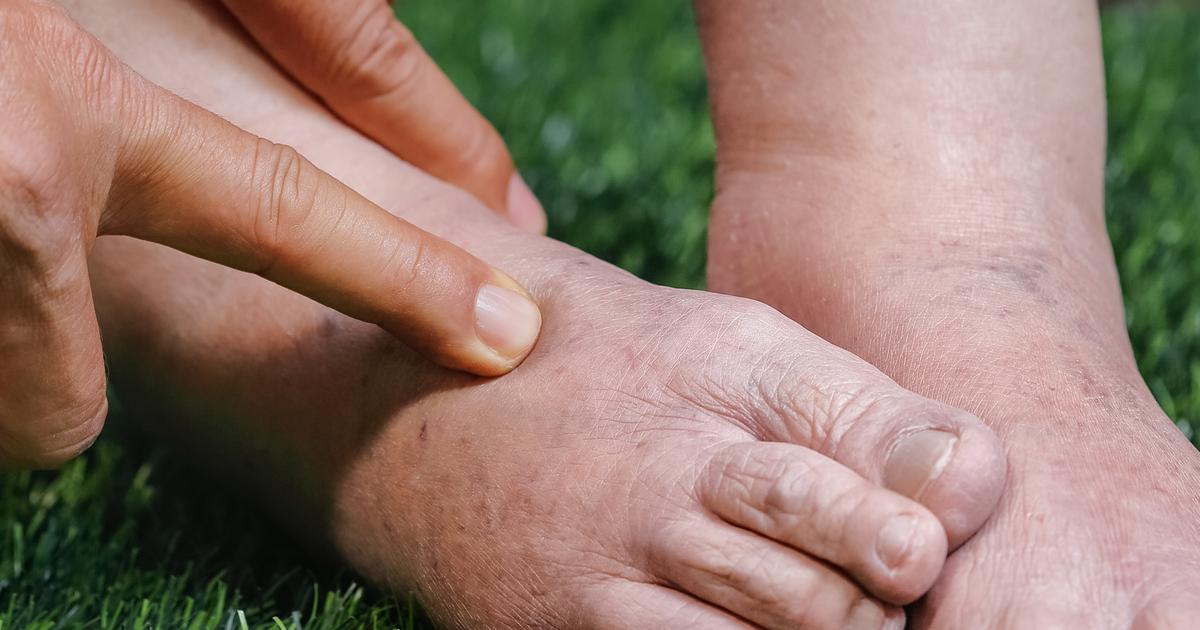Warning Signs Of Aortic Stenosis
Swollen Legs And Feet

Blood around the body that is depleted of oxygen moves through the veins back to the heart before it is pumped into the lungs. Once in the lungs, blood undergoes carbon dioxide exchange for oxygen before being pumped back into the heart and then out into the aorta. When the aortic valve opening is too narrow, it can cause the back up of blood in the venous circulation because a larger amount of oxygen-poor blood is trying to reach the heart than the amount of oxygen-rich blood leaving the heart into the aorta. The veins can be flexible and expand to a certain degree to adapt to high volumes of blood. However, the veins can only stretch so far and will experience an increase in wall permeability once that flexibility threshold has been met. The increased permeability in the venous walls allows for fluids to leak out of the bloodstream into the neighboring tissues. Venous blood tends to pool legs and feet from the force of gravity, forcing more fluids into these tissues during venous circulation backup. The increased fluid volume in the feet and legs causes them to swell.
Poor Feeding

An infant affected by aortic stenosis may experience poor feeding as an indicative symptom of their heart malformation. Aortic stenosis causes the blood to back up in the right side of an individual's heart and their lungs, as more blood is entering cardiopulmonary circulation than leaving it through the aorta. This malfunction occurs because the aortic valve opening is too narrow and does not allow a normal volume of blood to move through the opening. The backup of blood in the lungs and right side of an individual's heart can cause them to experience respiratory distress or problems with their breathing. The backup of blood in an individual's lungs because of their narrowed aortic valve opening can cause them to experience chest pain. Another complication of aortic stenosis is pulmonary edema or the buildup of fluid in the lungs due to being overloaded with blood. Blood vessels that meet their maximum expansion ability can allow fluids from the blood to leech into surrounding tissues. In aortic stenosis, this malfunction occurs in the lungs. The discomfort in the chest area due to blood overload and pulmonary edema can cause an affected infant to experience poor feeding.
